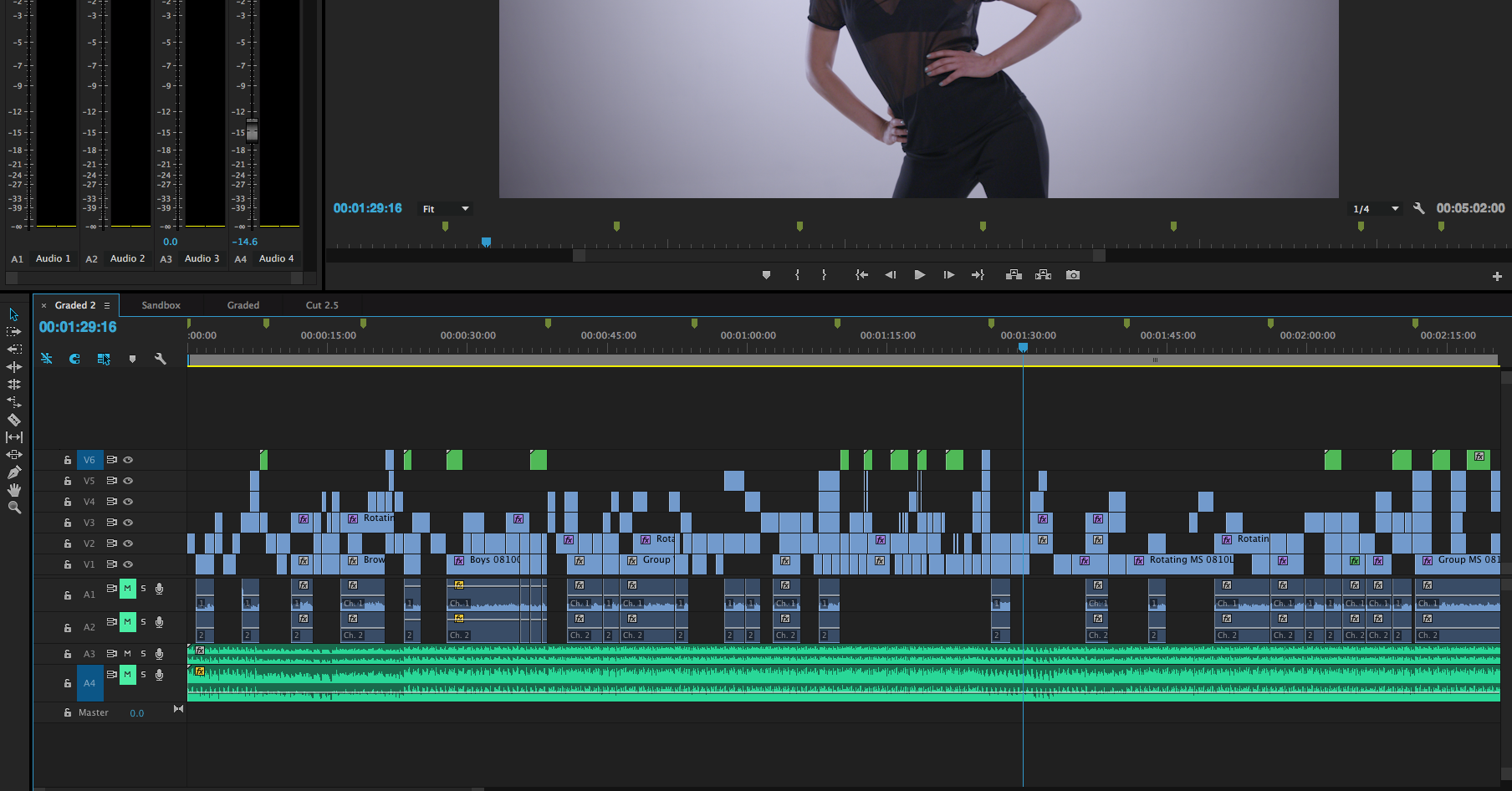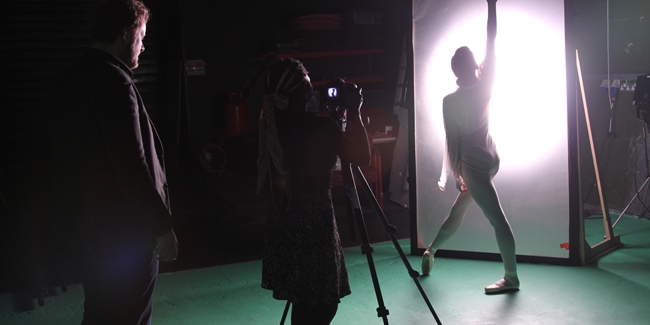We are often asked to provide a break down of costs for how a music video budget will be spent. Of course no two videos are the same, but there are some common areas where time and effort has to be spent.
This short article sets out the key areas and reasons why budgets can vary so much.
Project Planning
Any video production is broken down into three distinct stages. Within each stage there will be areas of cost that will always exist regardless of the type of music video made.
• Pre-production (Producing) – which includes planning, finding locations, casting actors, picking crew, and booking equipment. Without this essential effort the filming day won’t happen.
• Production (Shooting) - crew, cast, lights, equipment, locations, transport. The filming day is everything.
• Post-production (Editing) - editing, colour grading, video exports (different versions for different channels). This is when all the components are brought to one place to be weaved into the final video.
These three paragraphs barely cover what is involved. Even a simple half-day shoot with a self-shooting director and assistant will need a lot of planning, a location and editing.
Most of the film budget will be spent on the crew.
Following is a list of the key roles. That isn’t to say all of them will be required on your shoot, but they might. If budget is tight crew members will double up on roles if they have the skill sets and sometimes even if they don’t.
• Director - It is the director who will be masterminding the project, creating the idea and bringing it to life. Before filming starts only they will know what the finished video will look like. Meet our inhouse Directors, here.
• 1st Assistant Director (1st AD) – supports the director and helps make their job easier.
• Director of Photography (DOP) – responsible for the visual look and feel and by specifying camera, lenses, lights, and other specialised equipment.
• 1st Assistant Camera (1st AC) – supports the DOP and can be a camera operator or a focus puller
• Gaffer / Spark – supports the DOP, with lighting and safe power distribution
• Visual Effects Supervisor – Responsible for the filming and application of VFX
• Self-shooting Director/DOP/Camera Op – On lower budget shoots you will often get a Camera Owner/Operator who knows how to set the lights. Typically they will be restricted in what they can offer, not through a lack of skill-set but because of time and money
• Art Director – their responsibility can range from designing sets, to sourcing props, making props and adapting them for filming.
• Hair & Make Up Artist – these are two distinct roles and are combined only because their responsibilities are broadly the same: to find the right look and feel to reflect the directors chosen look. It is worth bearing in mind that these crew members, often in the background, will spend more time with the artists than anyone else.
• Stylist / Wardrobe – just like it ever was; how you look counts in music videos. From studied casualness to bang on the money zeitgeist fashion, it matters!
• Production Assistant – their role is to support the shoot as required with a particular eye on the external elements of the shoot – getting crew about the place, making sure kit is where it should be.
And that’s not all...
• Talent – If the treatment includes acted scenes or a choreographed dance scene you’ll have to recruit your talent and rehearse them beforehand.
• Location – Studios or External. Outdoor shoots are the riskiest. What do you do if it rains and you have a swimwear scene lined up? Obviously you try and ship off to the Caribbean or such like, but in the real world you don’t shoot summer scenes in the winter.
Studio shoots or internal location shoots can be a lot more controlled and for that reason have a lot to commend them.
• Equipment – it’s true that crew can consume a lot of the budget. It’s also true about equipment. The following list is not exhaustive but gives a sense of what can be involved.
-> Choice of Camera & Lens, e.g DSLR v Red/Arri/4K.
The camera of choice for many low budgets music videos has been the Canon 5D, a DSLR camera that captures video good enough for YouTube. There are some spectacular examples of DSLR filmed videos Dodie: Coke TV. You can operate one of these with a crew as small as two people.
In comparison a Red or Arri Camera is inherently more expensive. It will require at least a three person team to operate it efficiently. They cost a lot more to hire plus lenses and other accessories are more expensive.
A Red or Arri with prime lenses can easily add £1-2K to the budget. We compare the two, here.
-> Lights, Smoke Machines, Revolving Platforms etc
Just like camera’s, kit hire can run on and on. It is often a temptation to over order kit and equipment to ensure every possibility is catered for.
Post Production
Most people will know this as the edit. It comprises of a number of tasks.
Firstly the footage has to be backed up, logged, named and organised ready for editing.
The edit can consist of an assembly edit, 1st edit to show the client, complete edit and finally colour graded edit (which is basically the final edit).
Colour grading is like ‘photoshopping’ – colours and tones are adjusted within the editing software to get a specific ‘look’ that the video was lit and filmed for.
If there are any special effects to be built into the video it usually happens before the complete edit.
This screenshot of a video in edit shows how complicated they can be – it almost looks like a version of a musical score

After the process of review and amendment the video is finished. All that remains to be done is to create different formats of the video for the different places where the video will be shown. These days that mainly means the Internet: YouTube, Facebook etc, but if you want a version to be shown on an outdoor display 20 feet across then you will need a differently optimised version.
The Production Company Point of View.
One thing every artist, band, manager or record label should know is that with music videos most of the budget goes into the production. In our experience this is more the case than any other form of branded content and applies whether the budget is small or generous.
Why is this? Simple really, these are talented and professional creative’s who want to make the best film they can. Music videos are notoriously under funded, but an opportunity to create something personal and real is still interesting
There is a quid pro quo. You will always get a better bang for your buck if you allow the Director and their team get on with what they do best. If you do they will always go that extra step.
What really matters!
The best videos we’ve made have been because the director and the artist have had a meeting of minds. Trust has been implicit from the outset.
It has to be this way because you can’t make art by committee. (Actually you can, but it will cost you a lot more and it won’t be as good – but that is another article for another day.)
Written by Andy Woodruff


